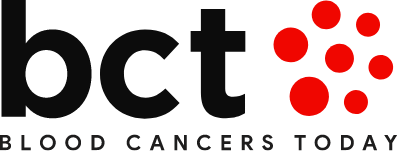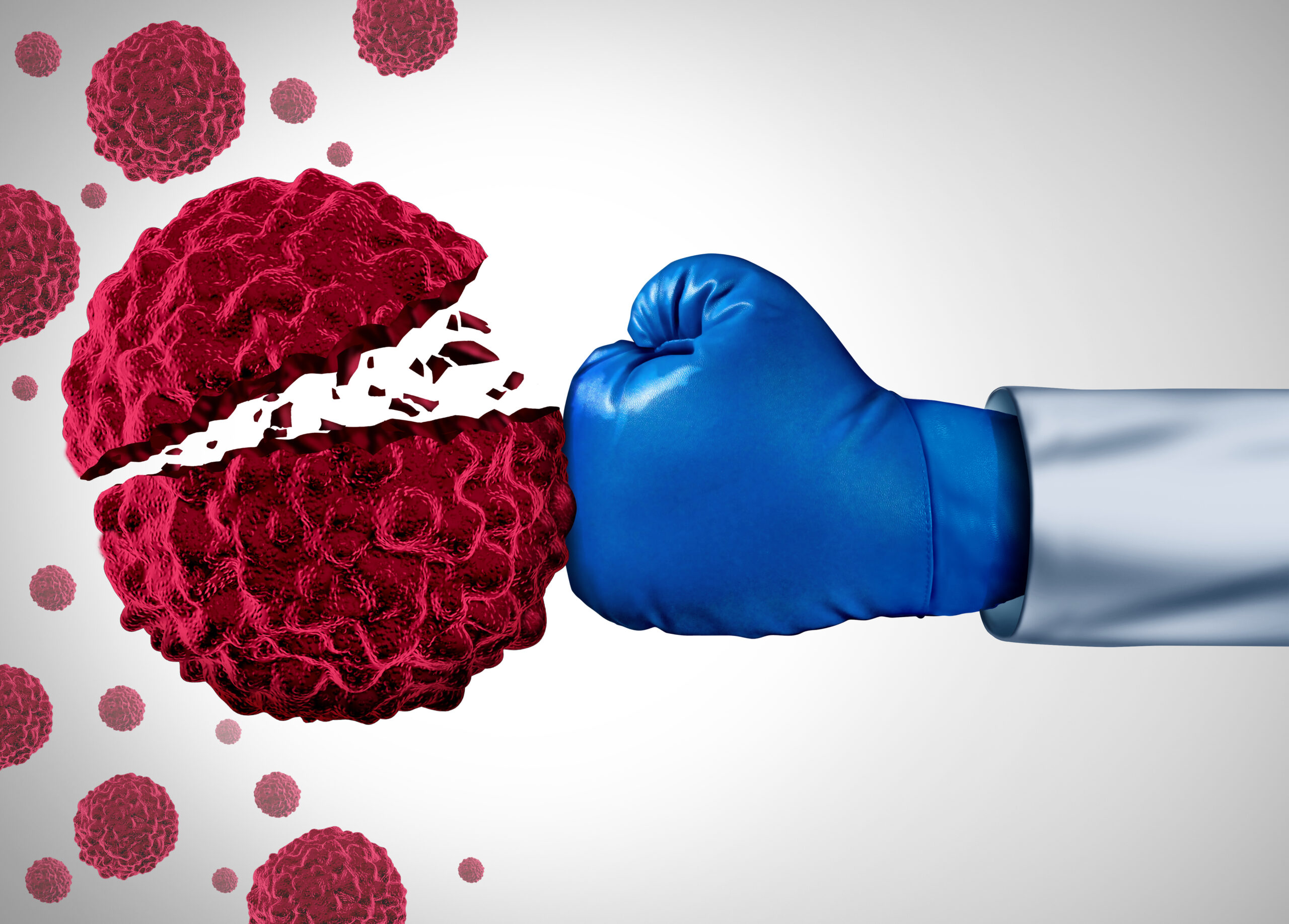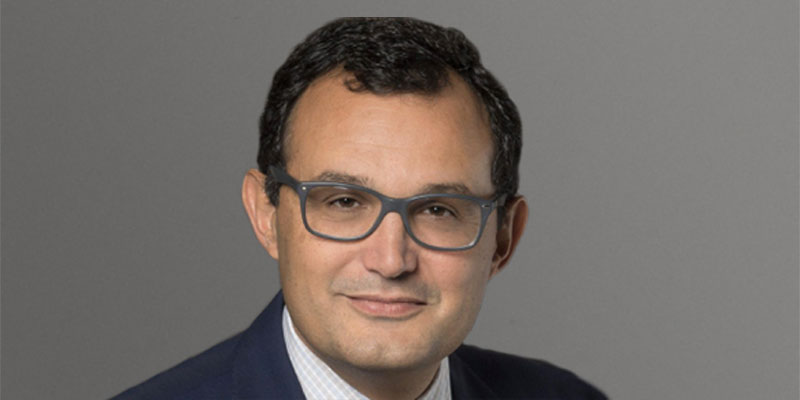
The Blood Cancers Today Editorial Board reflects on the latest news in the field so far in 2023.
Rapid Progress and Notable Successes in Cell Therapy
By Sagar Lonial, MD, FACP, Blood Cancers Today Editor-in-Chief
Winship Cancer Institute at Emory University School of Medicine
For me, the highlights thus far this year surround the rapid progress and success of cell therapy. On KarMMa-3 and CARTITUDE-4, we saw that chimeric antigen receptor (CAR) T-cell therapies are better than standard treatments, and that is a big step forward for the field.
We have also seen the impact of bispecific antibodies across myeloma and lymphoma, which is very exciting, as these therapies are off the shelf and have rapid activity. However, understanding dosing and scheduling will be critical in the future.
Practice-Changing Trials Plus Key Leukemia News (and Beyond)
By Elias Jabbour, MD, Associate Editor
University of Texas MD Anderson Cancer Center
Significant advancements have been made in the field of blood cancer research so far in 2023, and some of those findings have already been published. It’s exciting to report that a few key trials have the potential to be practice changing.
In myelodysplastic syndromes (MDS), two randomized trials have yielded insightful results. Notably, the COMMANDS trial examined the frontline application of luspatercept in low-risk MDS patients who had not undergone prior treatment with erythropoiesis-stimulating agents (ESAs). The study, which was published in The Lancet in June 2023, established this therapy to be superior to ESAs, and it now has the potential to be the new standard of care. We are awaiting its approval from the US Food and Drug Administration (FDA) for this indication.
Furthermore, the IMerge trial investigated the efficacy of imetelstat in low-risk MDS cases following ESA failure, achieving its primary endpoint and paving the way for anticipated approval in this subgroup of patients. Encouragingly, imetelstat has demonstrated promising activity across various MDS subsets.
Looking ahead, we’re eagerly awaiting outcomes from the VERONA trial, a study that aims to uncover the role of venetoclax in MDS treatment. The findings from this trial hold the potential to further enhance our understanding of MDS treatment and improve treatment outcomes.
In myelofibrosis, trials are ongoing with JAK2 inhibitors in combination with agents such as MDM2 inhibitors or other agents. We know as well that imetelstat is being assessed in myelofibrosis, and we’re awaiting the results of the trial.
In acute lymphocytic leukemia (ALL), we’ve seen the results of the ECOG-ACRIN E1910 trial, which assessed the role of blinatumomab as an upfront treatment for patients who are measurable residual disease (MRD)-negative. These results confirm findings from MD Anderson demonstrating that blinatumomab improves survival in MRD-negative patients. This is excellent news.
Another significant trial, PhALLCON, evaluated ponatinib as a frontline therapy for Philadelphia chromosome-positive (Ph+) ALL through a randomized study. Notably, the trial met its primary endpoint, demonstrating the superiority of ponatinib over imatinib therapy. Consequently, the drug is currently awaiting FDA approval.
Additionally, the launch of a randomized trial targeting older patients with ALL is anticipated to have practice-changing results, and the exploration of subcutaneous blinatumomab shows promise in expanding treatment options.
Finally, during the 2023 ASCO® Annual Meeting and the 2023 European Hematology Association (EHA) Congress, the FELIX trial demonstrated the promising activity of obe-cel, a “fast off-rate” CAR T-cell therapy, in adult patients with relapsed or refractory B-cell ALL.
Moving on to acute myeloid leukemia (AML), we have seen interesting data on the use of quizartinib, not only in FLT3-ITD-positive patients, as demonstrated in the QuANTUM-First trial—a randomized study showing improved survival with quizartinib—but also in patients without FLT3-ITD. For example, a promising study conducted in Spain showed improvements in patient outcomes.
Furthermore, in the United Kingdom, data indicated that adding gemtuzumab ozogamicin to induction chemotherapy yielded improved outcomes in patients with NPM1-positive disease.
The most exciting drugs in AML and ALL are the menin inhibitors. These therapies have promising activity, and several of them are being tested right now. Hopefully, they will be added to the armamentarium of acute leukemia therapy in the future.
In chronic lymphocytic leukemia (CLL), the new Bruton’s tyrosine kinase (BTK) inhibitor pirtobrutinib was approved and is now being combined with BCL-2 or CD20 antibodies, showcasing potential activity in frontline CLL treatment. This progress is especially encouraging, as it suggests the possibility of shorter therapy durations while maintaining disease control over the long term, ultimately aiming for a potential cure.
Finally, in chronic myeloid leukemia (CML), we have new drugs—including new BCR-ABL1 inhibitors—under exploration in phase I and II trials. In addition, results showing ponatinib being very active in third-line therapy were published this year in the American Journal of Hematology. The availability of real-world data is increasing, providing valuable insights into the effectiveness of drugs like asciminib and ponatinib. Also, asciminib is being further investigated in the frontline setting, demonstrating the continuous progress being made in the field of CML therapeutics.
I look forward to the maturation of these data as we head into the second half of 2023 and beyond. There has been much exciting news in the treatment of leukemia, and the future is very promising for our patients.
Multiple FDA Approvals in Lymphoma
By Kami Maddocks, MD, Associate Editor
The Ohio State University
Thus far, 2023 has brought us exciting data that will impact future practice in lymphoma and exciting FDA approvals for the treatment of different lymphomas. S1826, the SWOG phase III clinical trial that evaluated nivolumab, the PD-1 checkpoint inhibitor, in combination with doxorubicin, vinblastine, and dacarbazine (AVD) chemotherapy versus brentuximab vedotin (BV), the CD30 antibody-drug conjugate, in combination with AVD chemotherapy in newly diagnosed adolescents and adults with advanced-stage Hodgkin lymphoma, showed a significant improvement in one-year progression-free survival (PFS) with nivolumab-AVD (94% vs 86%). These exciting results came just a year after the frontline combination of BV-AVD was shown to have an overall survival (OS) benefit compared with that of standard doxorubicin, bleomycin, vinblastine, dacarbazine (ABVD) chemotherapy.
The ZUMA-7 trial results were presented and published and showed an OS benefit of axicabtagene ciloleucel versus standard of care in the second-line treatment of patients with refractory or early relapsed large B-cell lymphoma (LBCL), providing a potentially curative therapy in a population of patients with historically poor outcomes.
Approvals for the novel CD20 × CD3 bispecific antibodies epcoritamab and glofitamab for patients with relapsed or refractory LBCL came in May and June 2023. The therapies provide additional options for patients with these aggressive lymphomas, including patients who are not eligible for or don’t have access to CAR-T therapies and patients who don’t respond or relapse after CAR-T products.
Pirtobrutinib, a noncovalent, reversible BTK inhibitor, received approval for patients with relapsed or refractory mantle cell lymphoma who progress after a covalent BTK inhibitor. This therapy provides an exciting new option for these patients, including those who are not candidates for CAR-T therapy, need a bridge to CAR-T therapy after progressing on a covalent BTK inhibitor, or even progress after CAR-T therapy. The ongoing BRUIN CLL-321 study is evaluating pirtobrutinib versus a covalent BTK inhibitor and has the potential to further impact the treatment landscape.
I’m looking forward to what the rest of 2023 will bring for lymphoma treatment!
Setting the Stage for the Future of CAR-T, Immunotherapy in Multiple Myeloma
By Thomas Martin, MD, Associate Editor
University of California, San Francisco
Helen Diller Family Comprehensive Cancer Center
On the heels of the 2023 ASCO® Annual Meeting and the 2023 EHA Congress, we continue to see tremendous progress in the treatment of relapsed and refractory multiple myeloma. At both meetings, investigators presented preliminary results from the phase III CARTITUDE-4 trial, which randomized patients with early relapsed myeloma who had received one to three prior lines of therapy to receive either ciltacabtagene autoleucel or a standard three-drug combination. The results showed marked improvement for utilizing CAR-T therapy, with higher rates of overall response, complete response, and MRD negativity. Longer follow-up is needed to estimate median PFS and OS, but these results are quite encouraging.
We also saw initial results from the first trial combining two bispecific T-cell redirection antibodies, teclistamab (BCMA-CD3) and talquetamab (GPRC5D-CD3). This was a phase I trial in patients with heavily pretreated relapsed or refractory myeloma, showing an overall response rate of 96% at the recommended phase II dose. These results rival those from CAR T-cell therapy in the late relapse setting and demonstrate the potency of immunotherapy.
The future of myeloma is to move these therapies into the early-line setting, including as part of initial therapy, and to further investigate combinations with bispecific antibodies and eventually combinations that utilize both CAR T cells and bispecific antibodies.
MyeloMATCH Initiative Now on the Horizon
By Jerry Radich, MD, Associate Editor
Fred Hutchinson Cancer Center
After three-plus years of hard work by a large, dedicated (and at times perhaps functionally delusional) group of colleagues, the National Cancer Institute precision medicine initiative in AML—also known as MyeloMATCH—has a start-up date on the horizon.
This unique partnership of government, academia, and industry will bring trials for newly diagnosed AML cases to the whole cooperative group network, providing rapid diagnostic tests (cytogenetics, flow cytometry, and gene sequencing) to direct patients to specific trials based on genetic risks and the availability of targeted agents. This has been an exercise in persistence, patience, frustration, and (hopefully soon) elation.
ZUMA-7 Establishes New Standard of Care in Certain Settings
By Laurie Sehn, MD, MPH, Associate Editor
British Columbia Cancer Centre for Lymphoid Cancer
Long-term results from ZUMA-7 have confirmed an OS benefit for second-line CAR T-cell therapy over salvage therapy followed by autologous hematopoietic stem cell transplantation for transplant-eligible patients with primary refractory or early relapsing LBCL.1 This establishes CAR T-cell therapy as the new standard of care in this setting. It also makes CAR T-cell therapy a desirable option in the second-line setting for transplant-ineligible patients rather than reserving it for third-line therapy. The introduction of CAR T-cell therapy and the availability of numerous novel agents, including bispecific antibodies, has led to a recent overhaul of the management algorithm for LBCL.
Reference
Westin JR, Oluwole OO, Kersten MJ, et al. Survival with axicabtagene ciloleucel in large B-cell lymphoma. N Engl J Med. 2023;389(2):148-157. doi:10.1056/nejmoa2301665






 © 2025 Mashup Media, LLC, a Formedics Property. All Rights Reserved.
© 2025 Mashup Media, LLC, a Formedics Property. All Rights Reserved.